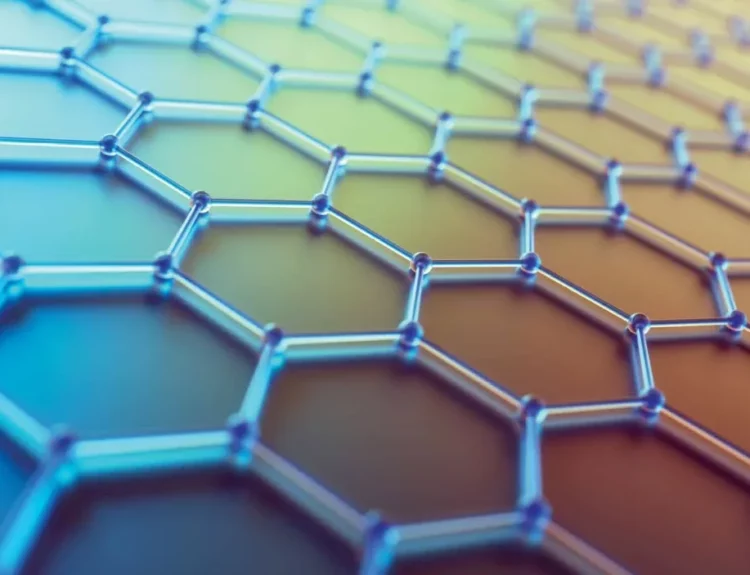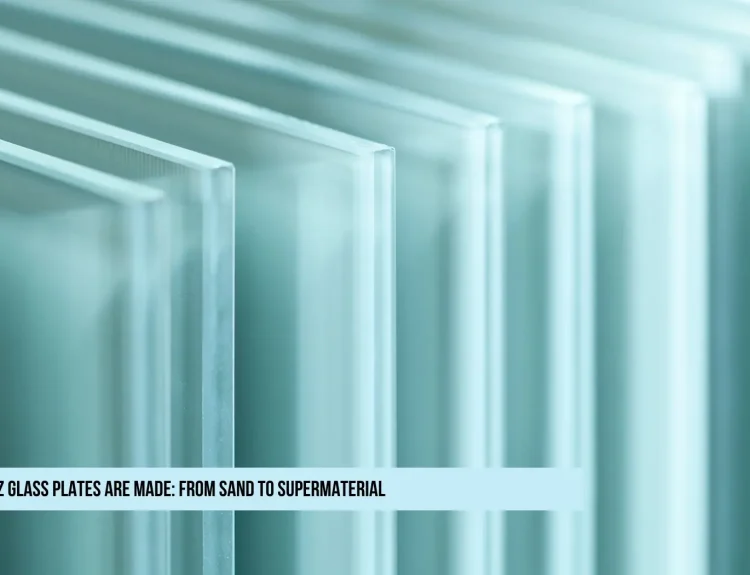Quartz plates are essential tools in laboratories and scientific research. They are made from high-purity silicon dioxide (Sio₂) and have unique properties that make them ideal for many experiments and instruments.
Why Are Quartz Plates Used in Labs?
Transparency to UV Light: Unlike regular glass, quartz plates allow ultraviolet (UV) light to pass through. This makes them perfect for UV spectroscopy and other light-based experiments.
High Heat Resistance: Quartz can withstand very high temperatures without melting or cracking. This is useful in furnaces, laser experiments, and high-temperature reactions.
Chemical Resistance: Quartz does not react with most acids and solvents, making it safe for use in harsh chemical environments.
Low Thermal Expansion: It doesn’t expand much when heated, ensuring precision in experiments where temperature changes occur.
Common Uses of Quartz Plates in Research
Spectroscopy (UV-Vis, IR, and Fluorescence): Scientists use quartz plates to hold samples when studying how light interacts with materials. Since quartz doesn’t block UV light, it helps in accurate measurements.
Microscope Slides and Cuvettes: Special quartz slides and cuvettes are used in microscopes and spectrophotometers because they provide clear, distortion-free imaging.
Laser and Optics Experiments: Quartz plates are used in lasers and optical devices because they don’t absorb light, ensuring high precision.
High-Temperature Applications: In material science, quartz plates are used as substrates for growing crystals or testing materials under extreme heat.
Semiconductor and Nanotechnology Research: Quartz’s purity and stability make it a valuable material in chip manufacturing and nanotechnology experiments.
How to Handle Quartz Plates in the Lab?
Cleaning: Use mild acids (like diluted hydrofluoric acid) or specialized cleaners to remove contaminants.
Storage: Keep in a clean, dry place to avoid scratches or chemical damage.
Handling: Wear gloves to prevent fingerprints, as they can affect the outcome of experiments.
Conclusion:
Quartz plates are essential in scientific research due to their clarity, heat resistance, and chemical stability. Whether in spectroscopy, high-temperature studies, or nanotechnology, they help scientists achieve accurate and reliable results







